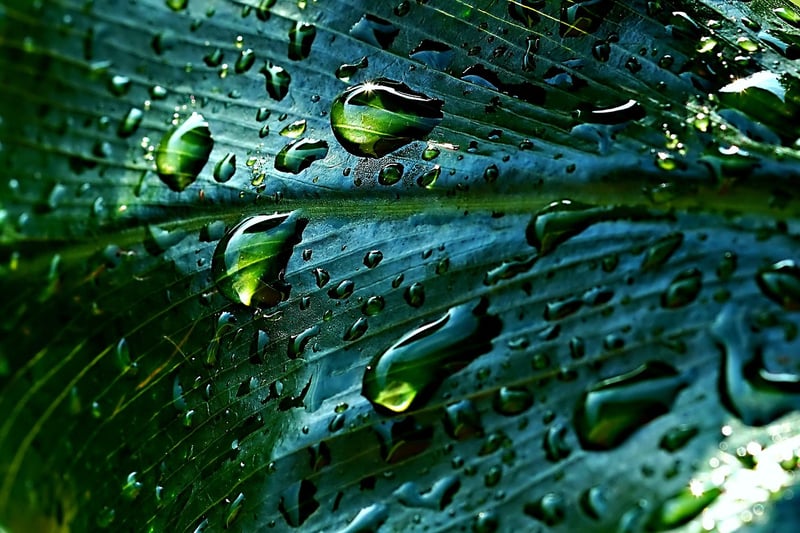Rainwater Harvesting
Environmentally Friendly Gardening Practices and Rainwater Harvesting
Introduction
Welcome to our guide on environmentally friendly gardening practices and rainwater harvesting. In this article, we will explore how you can create a sustainable garden while conserving water through rainwater harvesting techniques.
Environmentally Friendly Gardening Practices
Creating an eco-friendly garden not only benefits the environment but also enhances the beauty of your outdoor space. Here are some practices you can adopt:
1. Plant Native Species
Choose plants that are native to your region as they are well-adapted to the local climate and require less water and maintenance.
2. Compost
Start a compost bin to reduce waste and create nutrient-rich soil for your garden. Composting also helps improve soil structure and fertility.
3. Use Organic Fertilizers and Pest Control
Avoid chemical fertilizers and pesticides that can harm beneficial insects and pollute the environment. Opt for organic alternatives to promote a healthy garden ecosystem.
4. Mulch
Applying mulch around plants helps retain moisture, suppress weeds, and regulate soil temperature. Use organic mulch materials like wood chips or straw.
Rainwater Harvesting
Rainwater harvesting is the process of collecting and storing rainwater for later use in your garden. It is a sustainable practice that helps reduce water consumption and runoff. Here's how you can implement rainwater harvesting:
1. Install a Rain Barrel
Place a rain barrel under your downspout to collect rainwater from your roof. You can use this water to irrigate your garden, reducing the need for tap water.
2. Create a Rain Garden
Design a rain garden with plants that can thrive in wet conditions. Rain gardens help absorb and filter rainwater, reducing runoff and preventing soil erosion.
3. Use Permeable Surfaces
Replace impermeable surfaces like concrete with permeable materials that allow rainwater to seep into the ground. This helps recharge groundwater and reduces runoff pollution.
Conclusion
By incorporating environmentally friendly gardening practices and rainwater harvesting techniques, you can create a sustainable garden that conserves water, supports biodiversity, and reduces your environmental footprint. Start implementing these strategies today to make a positive impact on the planet!

For more information on eco-friendly gardening and water conservation, visit EPA's Green Infrastructure website.
